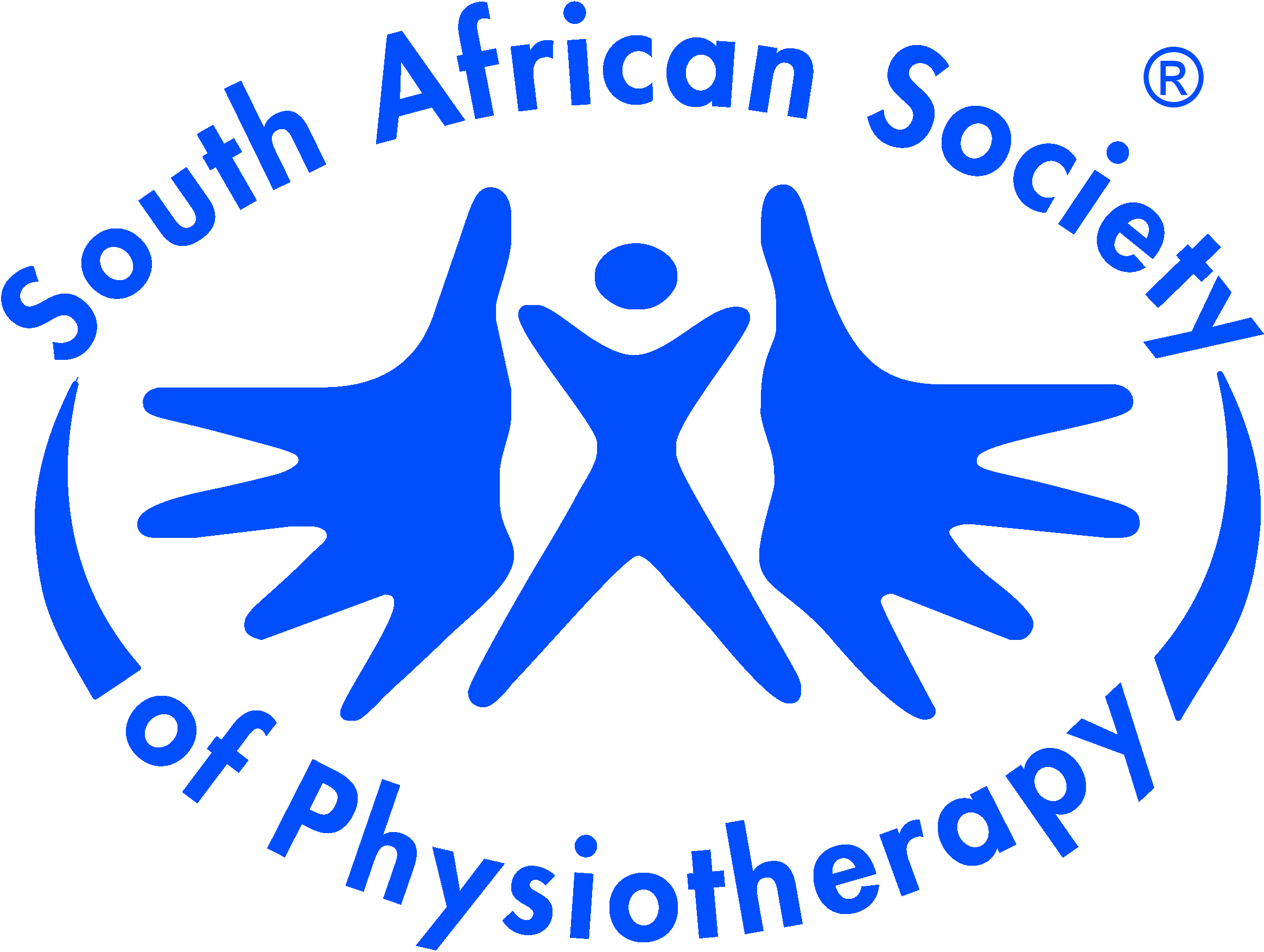Review Article
The The abdominal muscles – a functional review
South African Journal of Physiotherapy | Vol 63, No 1 | a123 |
DOI: https://doi.org/10.4102/sajp.v63i1.123
| © 2007 T. Puckree
| This work is licensed under CC Attribution 4.0
Submitted: 08 January 2007 | Published: 08 January 2007
Submitted: 08 January 2007 | Published: 08 January 2007
About the author(s)
T. Puckree, Department of Physiotherapy, University of KwaZulu Natal, Durban, South AfricaFull Text:
PDF (28KB)Abstract
The role of the abdominal muscles in human function as well
as their physiological mechanisms for these has been the subject of an increasing volume of reported research for more than 20 years. The abdominal muscles participate in a wide range of diverse functional tasks.These include breathing, postural stability, expulsive maneuvers and speech control. To perform these functions effectively and often concurrently, based on demand, the muscles are anatomically, physiologically and biochemical suited. The idea that the abdominal muscles function as a unit has been dispelled by many scientific reports. It is now known that they function differentially as individual muscles and also differentially at the motor unit level. Regional differences in the activation patterns of these muscles are also known. In addition the motor units within muscles are functionally organized to either subserve a specific function or more than one function. Knowledge of the functional organization of the abdominal muscles is critical to any rehabilitation process especially since rehabilitation is holistic and strives to achieve functional goals. This functional review is based on current scientific evidence for the multi functionality of all abdominal muscles. Literature based on animal studies has been excluded as far as is possible.
as their physiological mechanisms for these has been the subject of an increasing volume of reported research for more than 20 years. The abdominal muscles participate in a wide range of diverse functional tasks.These include breathing, postural stability, expulsive maneuvers and speech control. To perform these functions effectively and often concurrently, based on demand, the muscles are anatomically, physiologically and biochemical suited. The idea that the abdominal muscles function as a unit has been dispelled by many scientific reports. It is now known that they function differentially as individual muscles and also differentially at the motor unit level. Regional differences in the activation patterns of these muscles are also known. In addition the motor units within muscles are functionally organized to either subserve a specific function or more than one function. Knowledge of the functional organization of the abdominal muscles is critical to any rehabilitation process especially since rehabilitation is holistic and strives to achieve functional goals. This functional review is based on current scientific evidence for the multi functionality of all abdominal muscles. Literature based on animal studies has been excluded as far as is possible.
Keywords
functional review; abdominal muscles; breathing; posture
Metrics
Total abstract views: 2299Total article views: 1950
